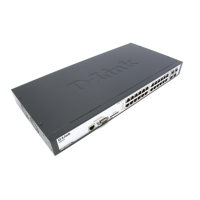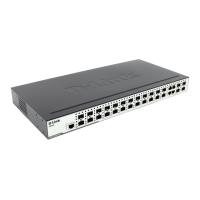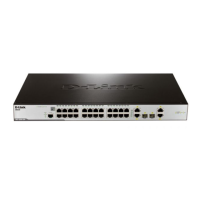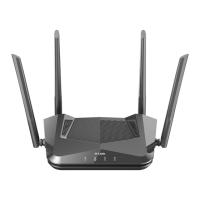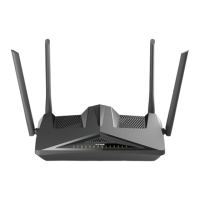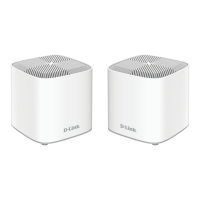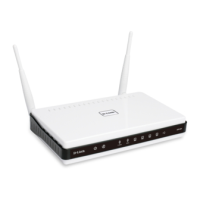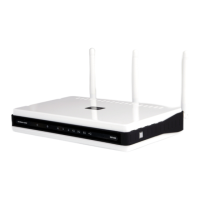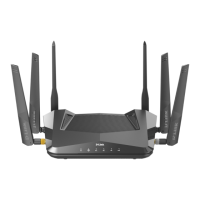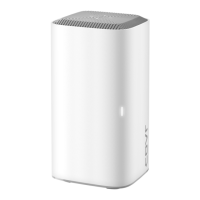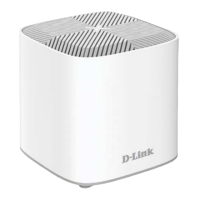xStack
®
DGS-3426G Layer 2 Gigabit Ethernet Managed Switch
189
Figure 5 - 8 Access Profile Entry Display window (Packet Content)
The page shown below is the IPv6 configuration window.
Figure 5 - 9 Access Profile Configuration window (IPv6)
The following parameters can be set, for IP:
Parameter Description
Profile ID (1-6)
Type in a unique identifier number for this profile set. This value can be set from 1 to 6.
Type
Select profile based on Ethernet (MAC Address), IP, Packet Content or IPv6 address. This
will change the menu according to the requirements for the type of profile.
Select Ethernet to instruct the Switch to examine the layer 2 part of each packet header.
Select IP to instruct the Switch to examine the IP address in each frame's header.
Select IPv6 to instruct the Switch to examine the IPv6 address in each frame's header.
Select Packet Content to instruct the Switch to examine the packet header.
Class
Checking this field will instruct the Switch to examine the class field of the IPv6 header. This
class field is a part of the packet header that is similar to the Type of Service (ToS) or
Precedence bits field in IPv4.
Flow Label
Checking this field will instruct the Switch to examine the flow label field of the IPv6 header.
This flow label field is used by a source to label sequences of packets such as non-default
quality of service or real time service packets.
Source IPv6 Mask
The user may specify an IP address mask for the source IPv6 address by checking the
corresponding box and entering the IP address mask.
Destination IPv6
Mask
The user may specify an IP address mask for the destination IPv6 address by checking the
corresponding box and entering the IP address mask.
Click Apply to implement changes made.
To view the settings for a created profile, click its corresponding
button in the Access Profile Table window, revealing the
following window.

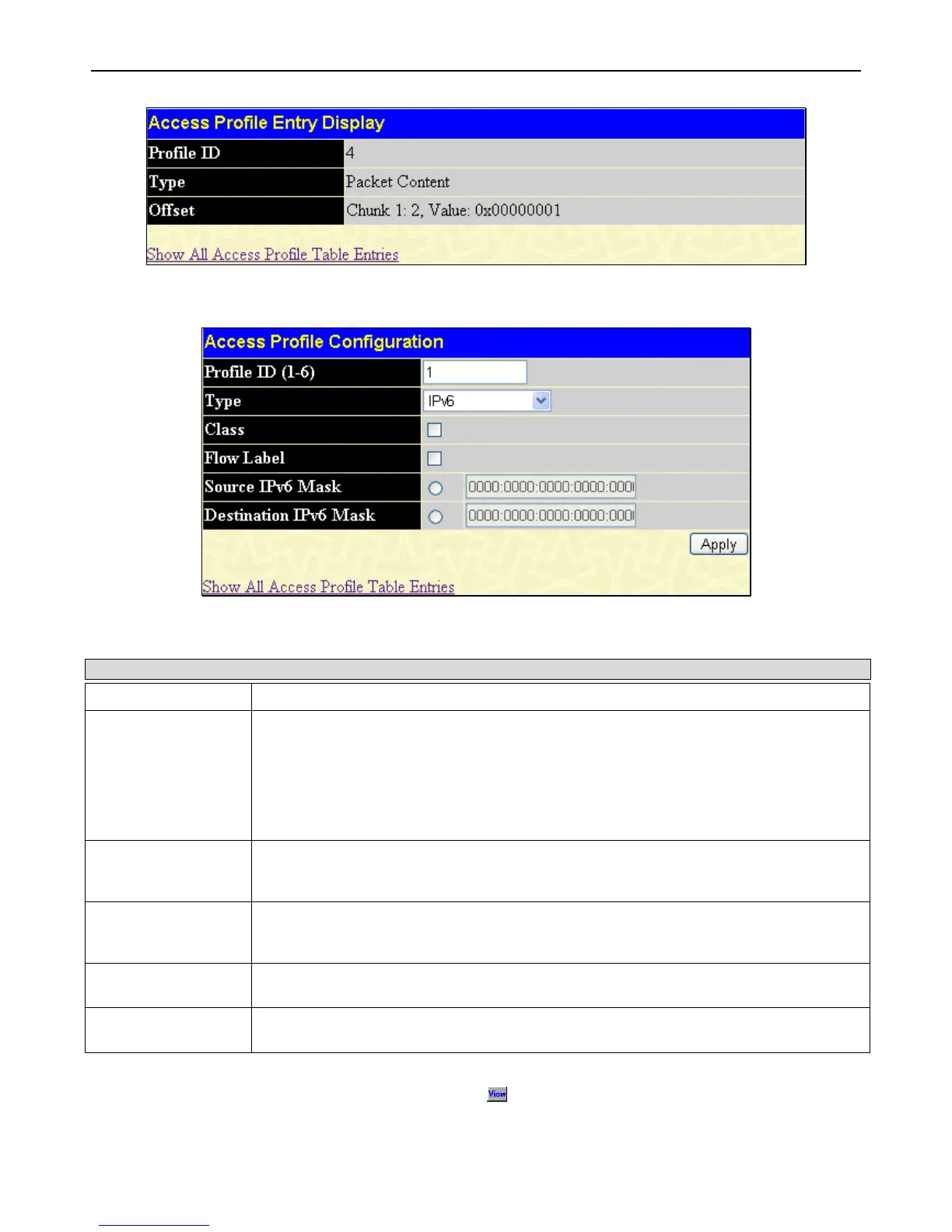